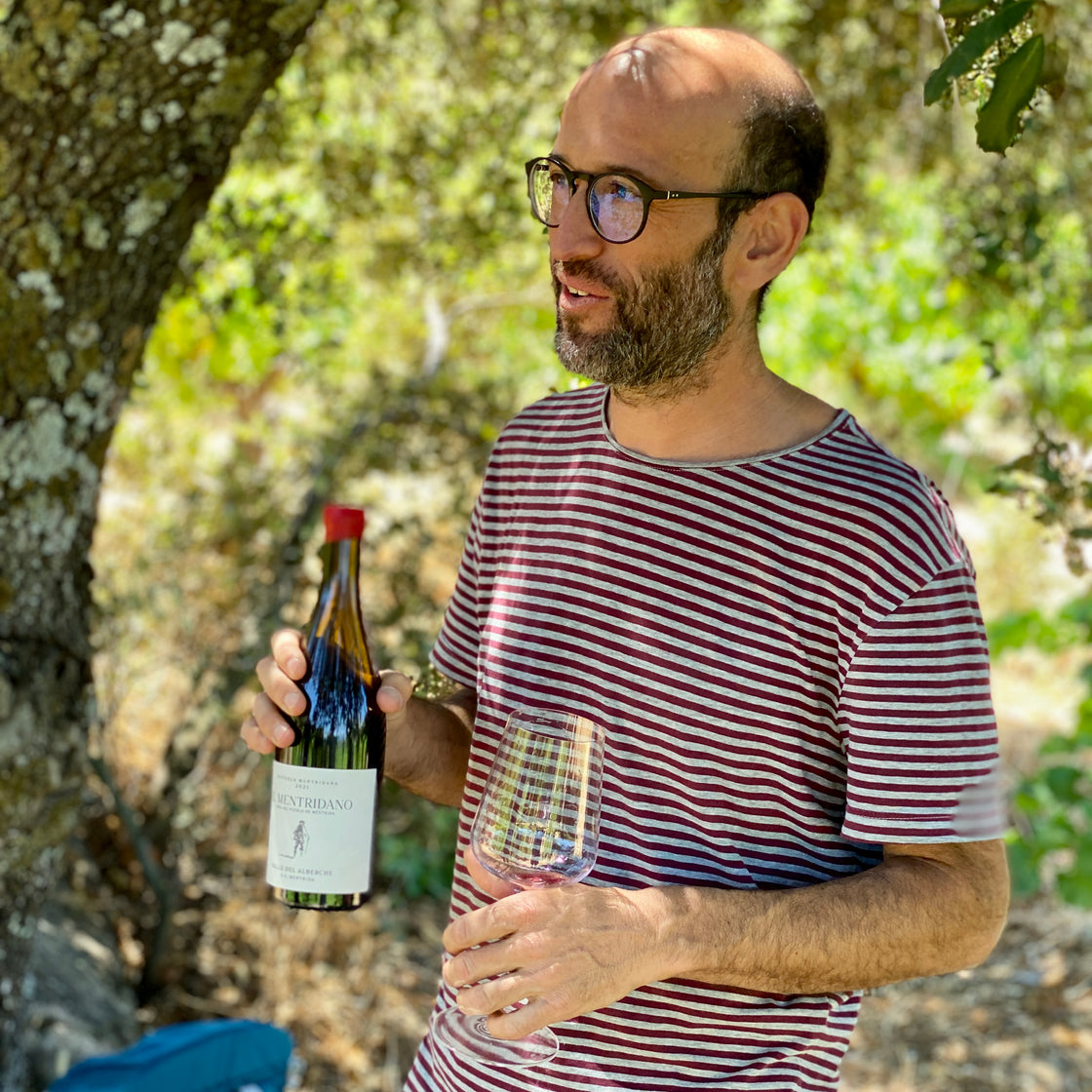Long left out in the cold, Grenache has recently positioned itself as the most exciting thing to happen on the Australian wine landscape for many years.
What does the Australian wine industry have that is truely unique to our country?
My answer to this is often Hunter Valley Semillon, but that’s a topic of discussion for another day.
Recently, the more I think about it, the answer is Grenache, and particularly, old vine Grenache from Blewitt Springs in McLaren Vale.

Australia has some of the oldest vines in the world when it comes to Shiraz, Mourvèdre, Grenache and others. When Phylloxera (a vine-eating louse) wiped-out much of Europe’s land under vine in the late 19th/early 20th centuries, much of Australia was spared due to our isolated location and (in some regions) sandy soil which phylloxera cannot tolerate.
Fast forward 100 or so years and McLaren Vale is home to ancient vines, some now over 100 years old. Many of these are Grenache vines, which for many years, produced fruit that was used to make fortified wines once trendy in the mid-1900s, and later, boozy, dense and heady red blends that lacked distinction. In recent years though, these vines have caught the eye of more winemakers in South Australia. Marco Cirello was early to the party, making straight-varietal Grenache wines in the Barossa while most others chose to blend with Shiraz, Mataro and other things. (His father had had the foresight to protect his vines from the dramatic, government incentivised, vine-pull program of the 1980s).
In the last decade though, there has been a real explosion of interest, lead at first by the winemaking community, then the wine trade and now consumers seem to be getting fully on board.
And who could blame them?
Today, the quality of Australian Grenache has never been higher, and the number of quality producers never larger. Blewitt Springs has certainly asserted itself as the leading region/sub-region in the country for the grape variety, with Australian Master of Wine and Grenache expert Ned Goodwin calling it "the dress circle of McLaren Vale". Indeed the wines coming out of here in recent times have been extremely impressive, with the likes of Aphelion, MMAD and Willunga 100 making examples we have absolutely loved over the past twelve months.
But to truely understand Grenache and where it is going, we must also look at where it first originated. Grenache, or Garnacha, is a Spanish variety and today, Spain continues to make some of the best international examples, along with those coming from the Southern Rhone Valley in France.

In July 2022 I was lucky enough to visit Sierra de Gredos in Spain, about ninety minutes west of Madrid. Like Blewitt Springs, it has had its troughs and peaks. At one point of the mid- 1900s, this region produced some of Spain’s most sought after wines, helped by its proximity to the capital. But as the price for fruit and wine dropped, and more and more young people found work in the big cities, land was vacated and vineyards abandoned. Since the turn of the century though, the tide has shifted again.
We have previously documented our love for the wines of Commando G who, if not for their humble demeanour, could claim to have brought Sierra de Gredos back from the brink in their revival of ancient vineyard sites and their determination to bring work back to the small villages of the region. But Comando G are no longer the sole flag-bearers of Gredos as others have jumped in, seeing the potential in this revitalised region. I visited Vitícola Mentridana last year, shortly before the wines were shipped to Australia for the first time. They are fantastic and follow a similar hierarchy to those of Comando G, but this time exploring the Mentrida D.O. They use simple winemaking techniques and have a no-frills approach in the winery, seeking to produce what we might call ‘modern’ Grenache due to its light to medium body, lack of oak influence and moderate alcohols.Perhaps what was old, is new again. Expect pure, red-fruited flavours, very pretty aromatics and very fine textures.
The increased interest in Grenache globally comes at a time where Australian Grenache is at an absolute high-point. So for the Grenache lovers amongst you, or those soon to be converted, I encourage you to explore these producers and compare and contrast to some homegrown favourites to their Spanish counterparts. Ches Cook, FWC.
